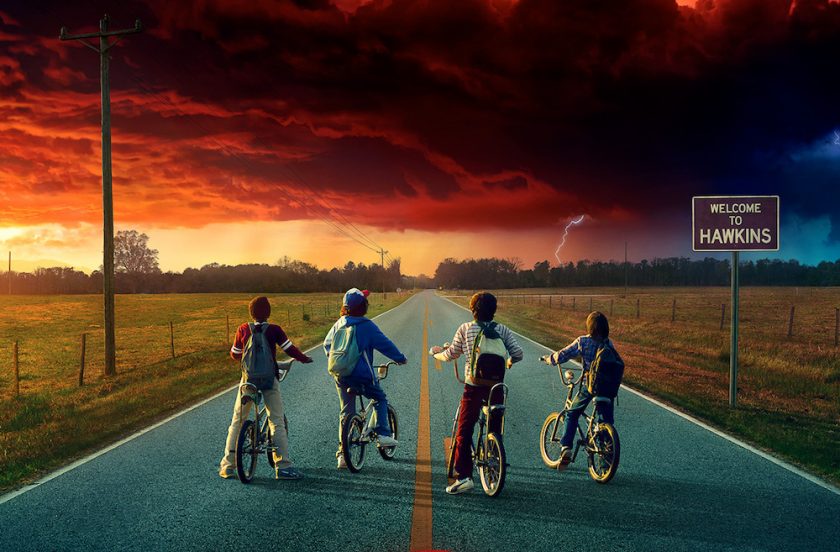
After more than 35 years of operation, TBI is closing its doors and our website will no longer be updated daily. Thank you for all of your support.
Dealing with Covid-19: Unpacking lockdown’s effect on viewing habits
TBI’s ongoing coverage around the impact of Covid-19 on the global content business hears from Steve Langdon, director of partnerships in EMEA for Parrot Analytics, who explains why lockdown initially reduced demand for some shows and which genres have proven most popular since
Over the past couple of weeks, you’ll certainly have read numerous stories about the surge in viewing and streaming time for TV shows during the Covid-19 lockdowns around the world. But while there has been a big spike after lockdowns were imposed, total demand for TV series temporarily went down in the first 20 days of March. Let me explain why.
Certainly, everyone around the world was glued to the news as each country fell victim to the virus. But in so doing, we as consumers weren’t engaging with TV series in the normal volumes. For those first tense days when news reports were coming in with the declaration that Coronavirus had become a pandemic and entire countries were going to have to go on lockdown, we were scrambling for information via news reports, social media, and even through friends and family.
Lockdown viewing habits
We all live in an ‘attention economy’ and as such, we can only be focused on one thing at a time. So, if we take news out of the overall TV picture, which organically experienced a big spike during this time, we get a much more interesting picture about what people were gravitating toward and how viewing is changing.
The first thing we saw in European countries was an increase in demand for apocalyptic drama, disaster and action adventure genres. Now, that didn’t sound like a recipe for a quiet night in, but one hypothesis our insights team developed was that this type of content was probably somewhat cathartic for viewers. After all, things were bad, but not as bad as what was happening in Kingdom, The Last Ship or The Walking Dead. These genres rose week-to-week in the three weeks prior to the country-wide lockdowns coming into place.
When the lockdowns kicked in, people immediately came back to TV shows in droves. We have seen demand bounce back up, especially in the UK, and there has been a big switch to children’s genre categories and action animation. This makes complete sense as schools were now shut and parents and kids were searching for not only entertainment but also educational shows.
We also saw big increases in what the industry terms ‘comfort viewing’, which encompasses several genres. Western drama, fantasy drama, and anything with a hint of nostalgia and a whiff of better days, also saw a lift in demand, along with familiar favourites like Game Of Thrones and Stranger Things.
Tapping Tiger King & sports demand
Of course, there are always the outliers and Netflix has had a huge recent success with one: Tiger King: Murder, Mayhem and Madness. Within two weeks of its release, this true crime series shot to the top of our digital original demand charts in the US. Whilst it hasn’t hit number one in the UK, it is well on its way. The show is currently ranked number two and is registering almost as much demand as Stranger Things as at 12 April, with over 21 times the demand of the average TV show in Britain.
Tiger King has all the best ingredients for a viral hit: outlandish characters, grounded in reality yet bizarre, and sky high in the key talkability and shareability stakes that drive viral success. Extended home viewing may have given way to speed binging of all episodes – the SVODs are reporting more episodes being viewed per day across the board – and a lot of word of mouth via social enthusiasm.
There has also been a rise in sports documentaries as live sports starved fans have been looking for their fix. It’s a very good time to re-release any back catalogue and dig deep into the archives. Sport is always galvanising to a nation and decisions being made internationally to re-run as live famous tournaments and moments that bring together nations as one will only help our global pandemic coping processes during late spring and into the uncertain summer.
As we settle in to ride out the rest of the Coronavirus storm at home, it will be interesting to see what new trends and patterns develop.
Will other news events draw our attention away as we search for answers, or will we continue to find refuge in programming that takes us away from reality? Will we grow tired of binge-watching shows or develop completely new viewing habits? What kinds of new genres will capture our interest and how will the industry adapt for Summer and Autumn? Come what may, one thing is for sure: nothing in our lifetime has had a greater impact on TV demand than the arrival of Covid-19.
Steve Langdon is partnerships director for EMEA at Parrot Analytics, a global TV demand data and insights firm. He is based in the company’s London office.





